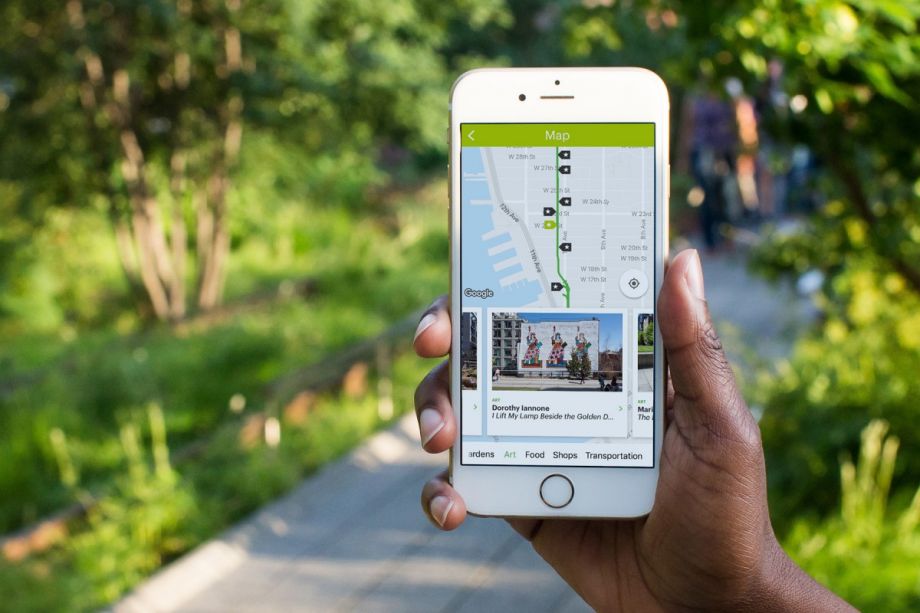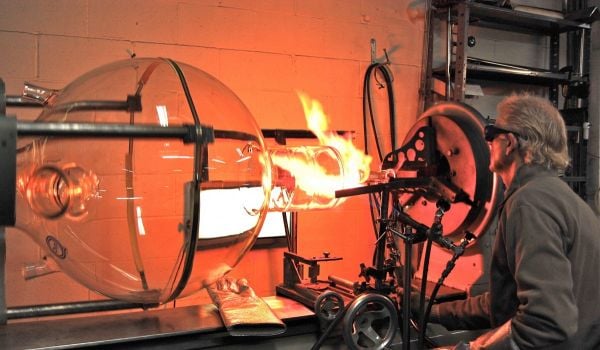EDITOR’S NOTE: RSVP here for Knight’s webinar, “Public Spaces and Technology,” happening Wednesday, April 27, at 3 p.m. Eastern.
Though there has been much uncertainty over the past two years, one constant has been the importance of high-quality public spaces in cities. A recent Knight Foundation study, led by international design group Gehl, looked at seven public spaces in four cities during the pandemic, in order to determine what made them thrive. In addition to unique tactics deployed by local teams, the study found that a key ingredient of successful public spaces was putting community members at the center of the work, which enabled spaces to be developed and activated in a way that met diverse resident needs. By following the community’s lead, these cities created vibrant and resilient parks, green spaces and urban amenities that reflect the diversity of their users and ensure that more residents feel invited.
The findings of this study become even more important with the new near-term opportunities for cities to leverage federal dollars from the American Rescue Plan and the Infrastructure Investments and Jobs Act. This once-in-a-lifetime influx of resources can be used to promote the reinvigoration of inclusive and safe outdoor spaces that will increase exposure to the arts, prepare for future generational shifts, and prioritize equity to engage marginalized populations. And in doing so, the activation of these spaces will provide residents the sense of connection to their communities that they sought throughout the pandemic.
As we look to the future of public spaces, Knight is investing in community-centered technology that can power public spaces. Knight’s new investment includes $250,000 for the High Line Network, a program of the High Line that supports a group of 37 infrastructure reuse projects transforming underutilized public spaces into more equitable and vibrant urban landscapes. The Underline, a member of the High Line Network, will receive up to $800,000 to expand high-speed internet connectivity along the entire 10-mile public park, trail and art destination under Miami’s Metrorail.
“Knight’s support will allow our members to get the most out of their technology planning,” said Asima Jansveld, managing director of The High Line Network. “The Knight Accelerator hopes to give public space organizations a chance to unlock even more funding while putting them in a better position to adapt to the challenges of the future.”
The Popularity of Community-Led Public Spaces
The good news is, when urban public spaces are created with a design that meets the needs of the local populations — and when the same populations also take the lead in their design and programming — the use of those spaces has been steady or has even increased during the pandemic. Among parks surveyed in the Knight study, several experienced an increase in foot traffic. In particular, the Detroit Riverfront and Philadelphia’s Cherry Street Pier both saw a threefold increase in use from November 2019 to November 2020. This suggests that community-led design creates a meaningful opportunity for planners to respond to an increased desire for public space moving forward.
To work effectively, community-led design needs to be a process that extends beyond the initial development and construction to everyday programming and governance. This allows for effective adaptive use in response to both recurring shifts (such as seasonal weather changes) and unexpected ones (such as COVID-19). Cherry Street Pier’s increased use, for example, was in large part because community project leaders pivoted away from holding large events during the pandemic to scheduling outdoor artist events and artisan markets designed to support financially threatened local businesses.
Before the pandemic, one organization, the Detroit Riverfront Conservancy, took that idea of community-led programming several steps further. They created a truly evolving, adaptive space by forming a Community Advisory Team that sends out surveyors to the park on a regular basis to inform programming and design decisions. Alternatively, the Discovery Center in Philadelphia allocates a certain number of board seats to community leaders.
So, what kinds of spaces is community-led design creating? What can they teach cities about what’s necessary to keep, or bring back, space-conscious residents?
Successful Public Spaces Are Those That Maintain Flexibility
If the past year and a half has taught us anything, it’s that you can’t predict the future. COVID-19 arrived quickly and has lingered stubbornly. In this era of variants and endemicity, the “new normal” so many people anticipated might never truly “normalize.”
Urban public spaces are one of the few gathering places where groups of people can feel safe with fewer restrictions. And as such, they’ve taken on a new primacy of public function — used for parties one day, performances another, educational programming the next. And so our revitalized public spaces must be adaptable to how people want to use them from moment to moment, and year to year.
That adaptability starts with making these spaces accessible to the community through conscious placement and design. At the moment, cities are struggling with a surplus of abandoned land that, when fallen into disuse, can create a public hazard. By reconfiguring that public land into adaptable spaces in the midst of the community, you’re creating a convenient hub of activity for everyday use that fits into the rhythms of the neighborhood. Activating space that’s adjacent to public parks, the Knight report shows, also leads to increased use.
Just as important as location is the design of the space itself. Builders should create multifunctional parks, moving beyond single-use yet comprehensive children’s playgrounds or performance platforms to instead create community spaces that incorporate areas to sit, cook and play, among other fundamental communal activities.
The study findings support exactly this type of multimodal approach. Centennial Commons in Philadelphia and Ella Fitzgerald Park in Detroit had the highest use of parks surveyed, and their inclusion of broadly applicable features such as picnic benches and barbecues were cited by users as a popular draw.
Community-Driven Adaptability, as Enablers of Diversity and Equity in Public Spaces
Designing for community-led public spaces, and adaptability, drives home an important point: If you want residents to use your space, make it relevant to local populations. That means centering questions of diversity and equity. City populations are becoming more diverse, even more so than we’re seeing across the nation as a whole. If cities redesign their public spaces, but don’t design them for meaningful use by local residents, they could end up deterring engagement, rather than encouraging it.
Successful engagement can be accomplished several ways. Recent reports have pointed to the fact that public spaces can drive equity when properly designed or redesigned. The Knight report found that communities who had the most success in broad engagement started with pilot programs for their spaces, then implemented community feedback into the final result.
It’s clear that the public spaces that work well for local populations are equitable, culturally relevant, and flexible enough that they can meet the daily, resident-driven needs of all citizens. Pursuing those characteristics will result in more thoroughly and consistently utilized public spaces. But ultimately, each city is unique. That means city planners need to fully embrace community-led design and follow the individual preferences and listen to the needs of their unique populations. If cities want residents to use their space, they need to invest in responding to what their residents want.
James Finley is a writer living in the D.C. area.
















